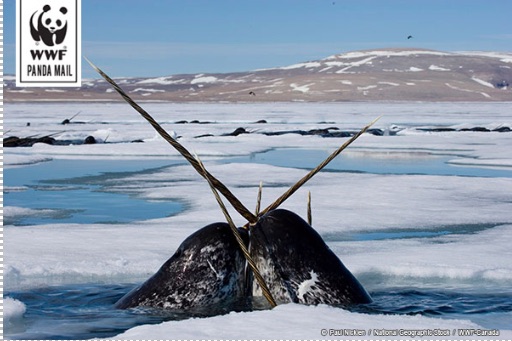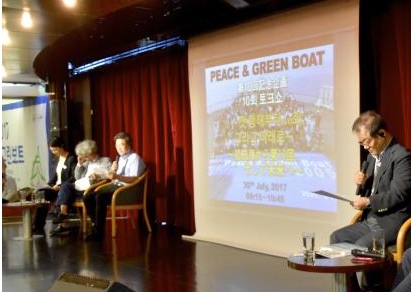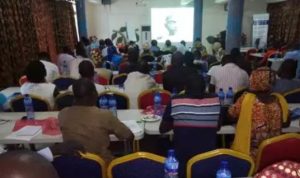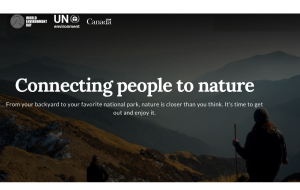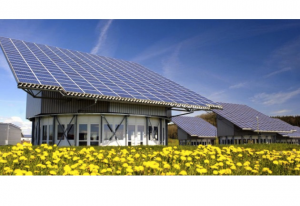. . SUSTAINABLE DEVELOPMENT . .
An article from the Nigerian Tribune
Tourism, arts and culture have been identified as major catalyst for any growing economy which of properly harnessed by Nigerians can take the country out of its present economic recession.
The founder of a Non Governmental Organisation, ZITADEL, Samuel Oluwadamilare Omorege, who stated this in Akure, Ondo State capital during a press conference to launch Sustainable Tourism Art & Culture, Industrialisation Education Poverty (STACIEP).

Omorege however advocated for more investment in tourism, arts and culture to unlock the potential of this sector to enhance economic prosperity for the country.
He also called on government at all levels to reawaken the traditional and cultural heritage of Nigeria as a means of eradicating poverty and to generate employment for the unemployed youths across the country.
Omorege noted “certain aspects of Nigerian cultural and traditional heritage had been consigned to archaic decay” and called for a reversal of the trend and a genuine measures to place the nation’s heritage on the world map.
He disclosed that ZITADEL is committed to showcasing the traditional and cultural heritage of Africa, especially Nigeria and called Omorege for collaborative efforts from all stakeholders to make the dream a reality.
(article continued in right column)
How can tourism promote a culture of peace?
(article continued from left column)
He said with population of Nigerian’s citizens in dire need of peace for sustainable development, his NGO is out to advocate and work for the peace of the land with the new concept of developing the tourism, art and culture sector.
“The total eradication of poverty is an essential condition for peaceful co-existence in a country of close to 200 million people like Nigeria. And without peace, sustainable development and sustainable comfortable lifestyle cannot be achieved.
“Nigeria as it is today is in dire need of a culture of peace and non -violence. Whereas one simplistic approach to the problem is to actively encourage the culture of appreciating of each others’ cultural, ethnic and linguistic diversity”.
Omorege who said the goal of his NGO is in tandem with the UNDP’s vision 2030 said the idea of STACIEP is to use Tourism, Art and Culture industry as a fast means of poverty eradication endengered by creative ideas, expanded talent hunt and international cultural exchange programmes, networking and partnership for rapid economic growth.
He applauded ZITADEL National patron, Chief Ifedayo Adedipe, the matron, Princess Ronke Ademuluyi and the patron Chief Akinyemi Akinremi for their support thus far saying that STACIEP is a new concept in the development, presentation and preservation of the rich African Arts and Culture and targeted at meeting UNDP’s vision 2030.
He, however, said the initiative would go a long way to create employment for young Nigerians, disclosing that STACIEP will this month, August take a cultural troupe from Nigeria to Notting Hill Carnival 2017 in the United Kingdom while a group of Nigerians will also participate in African fashion show in London.

